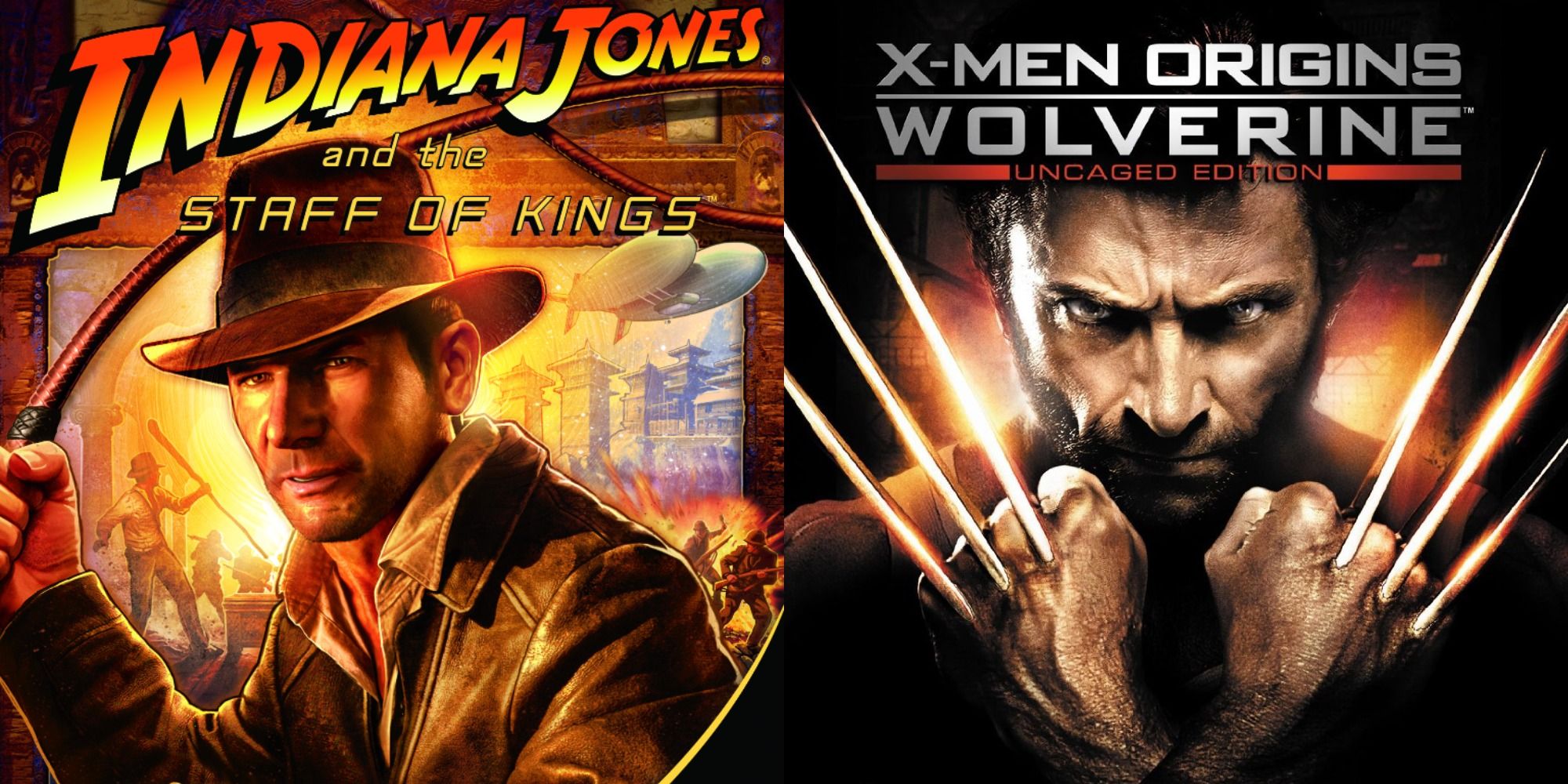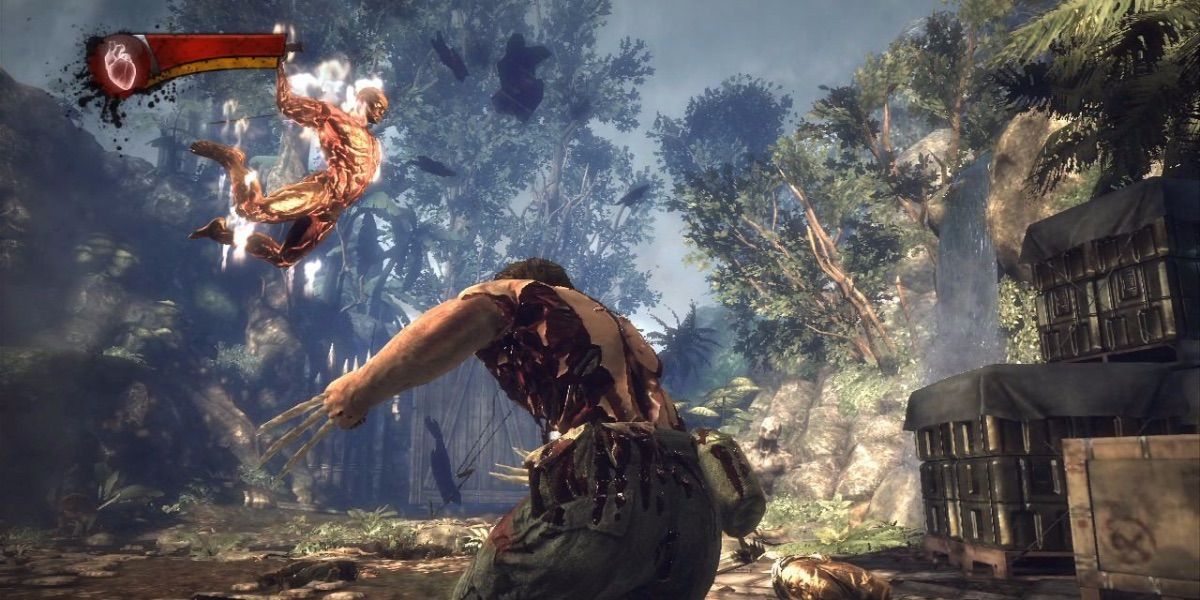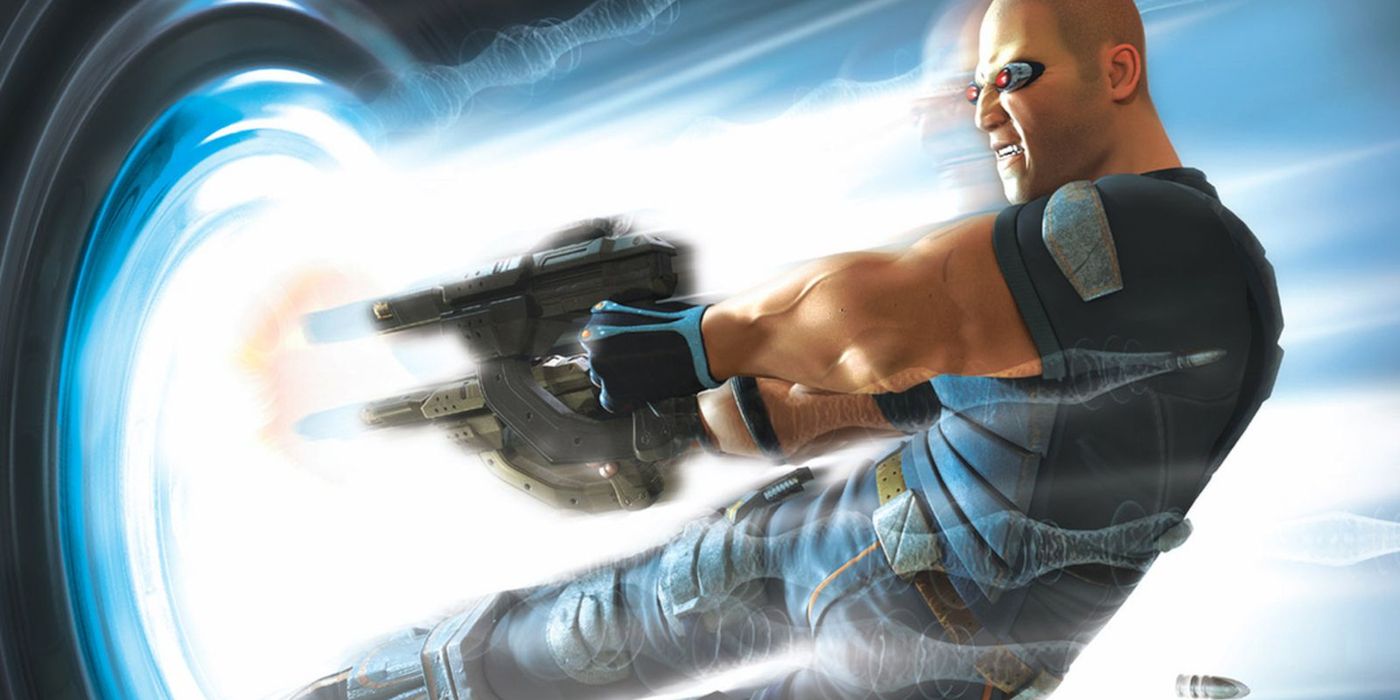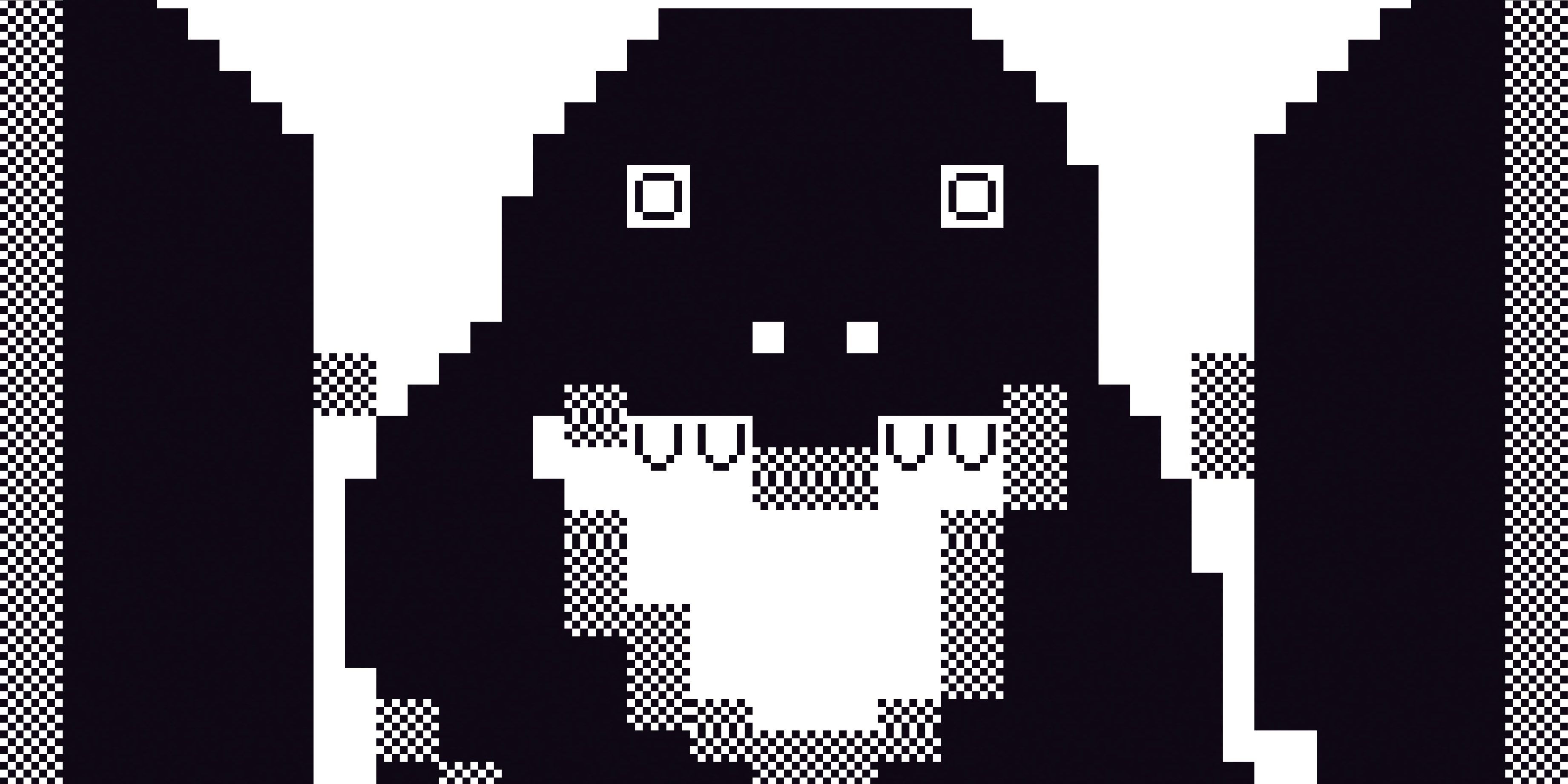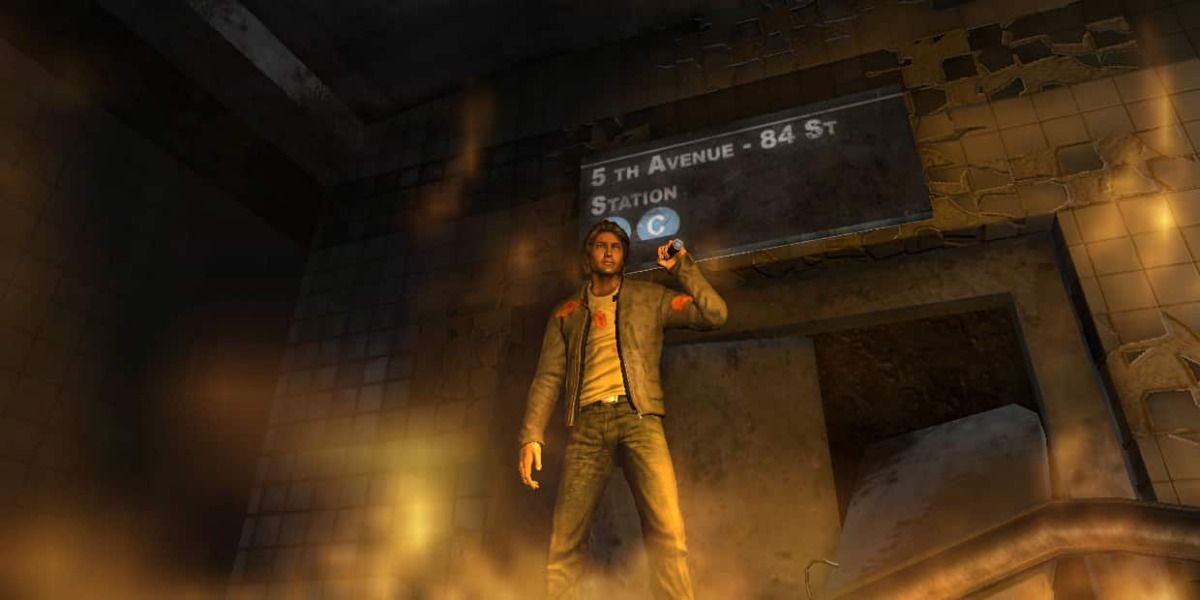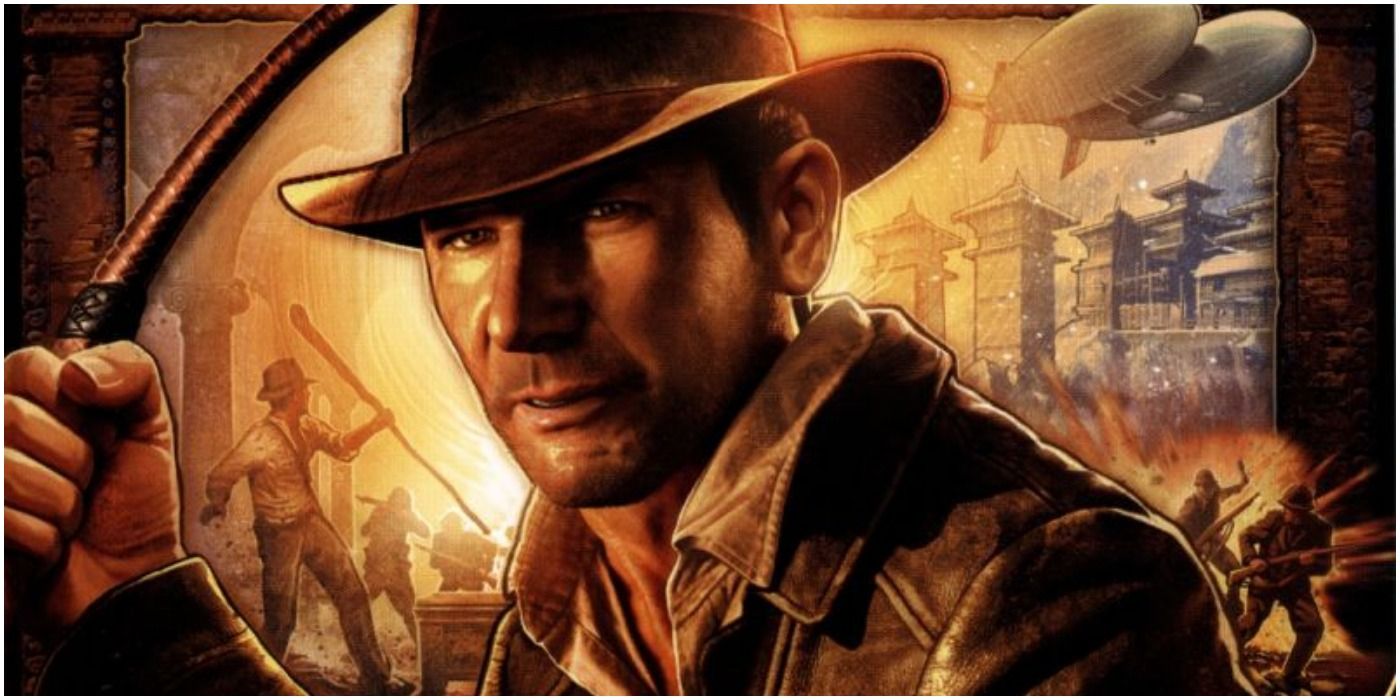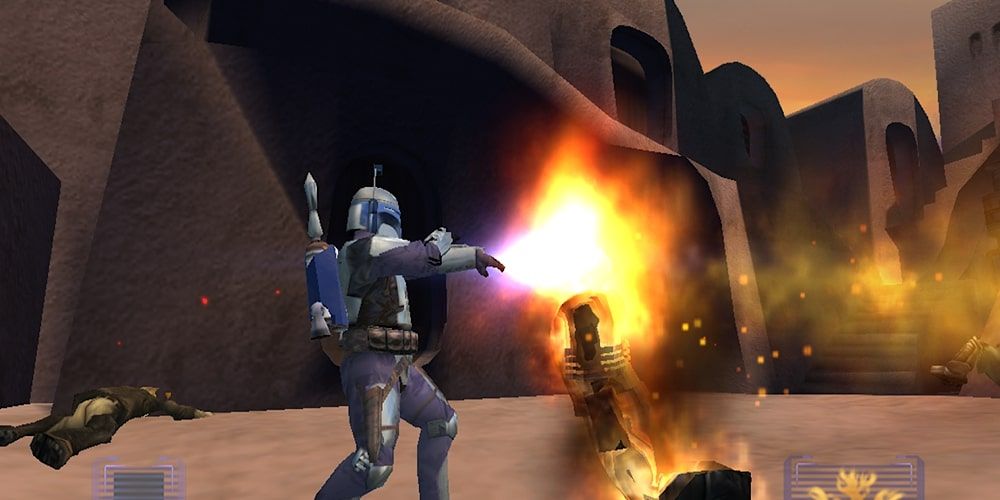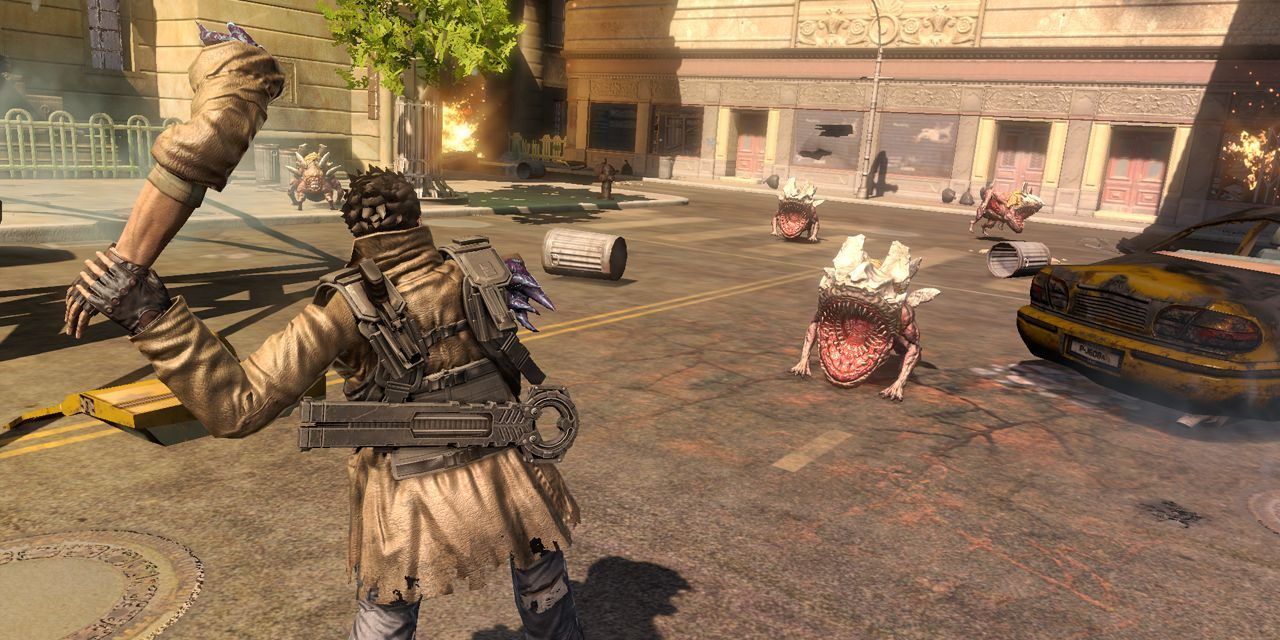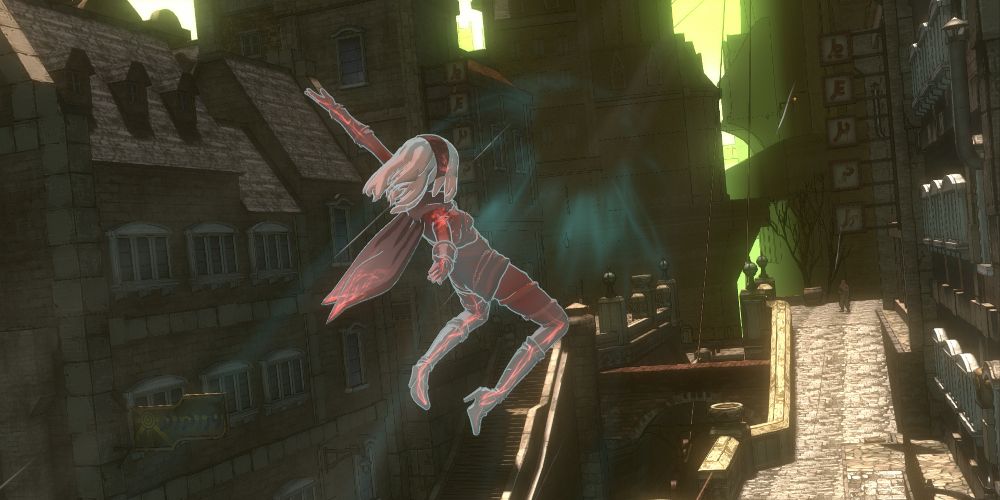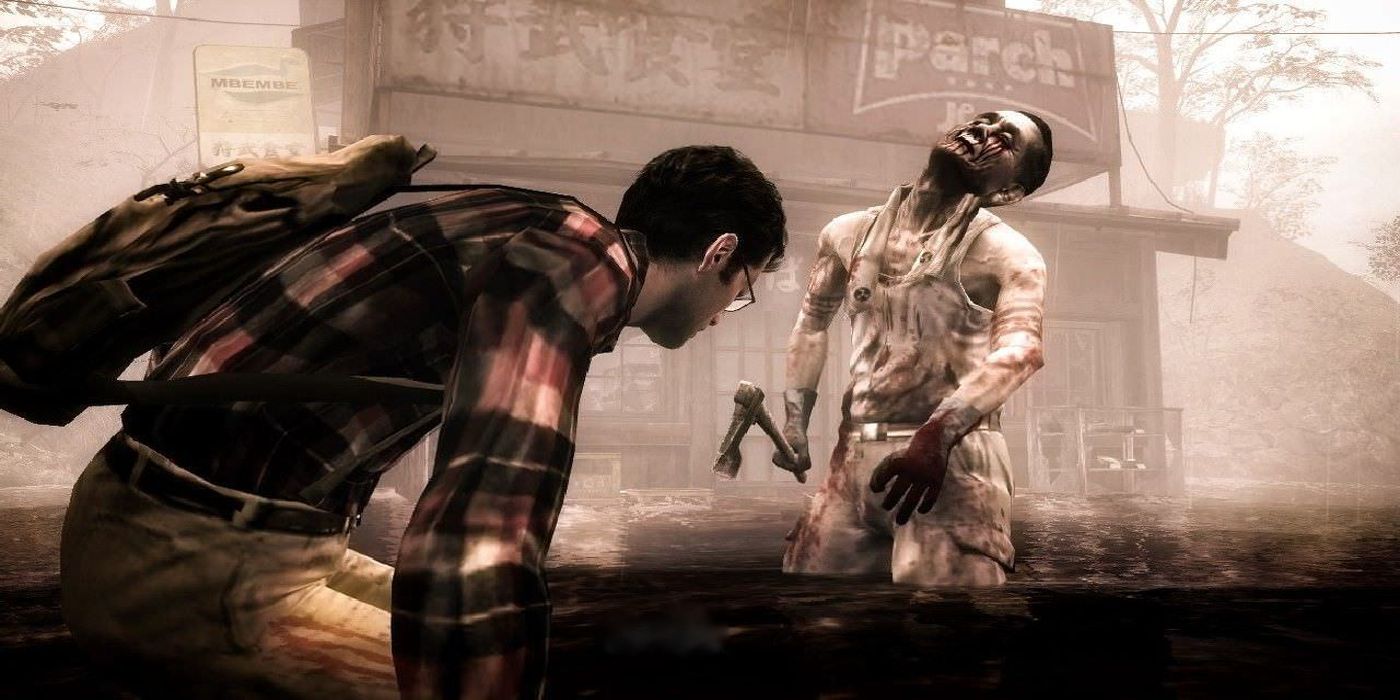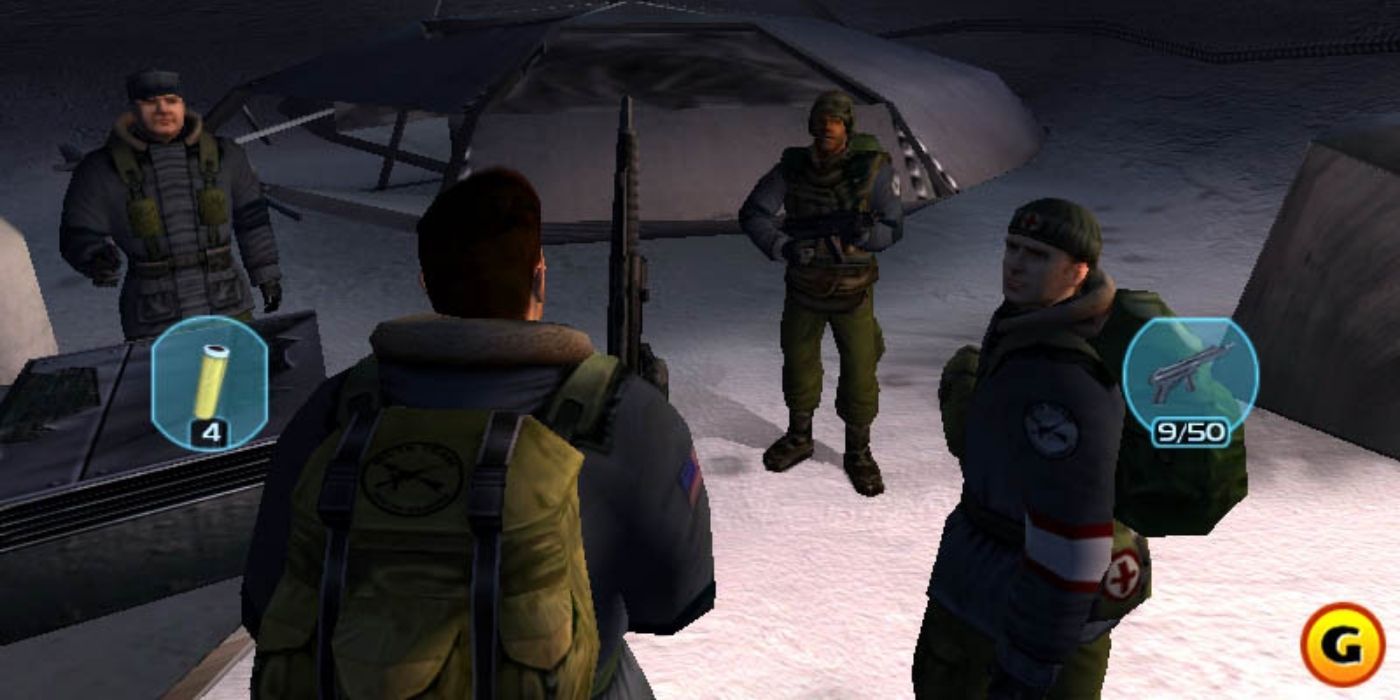There have been far too many great games over the years for everyone to play them all. For every Half-Life or Ocarina of Time that does down in gaming history, several more great games sadly get forgotten or overlooked.
The worst part is when these games genuinely bring something new or exciting to the table, whether a unique narrative style or innovative gameplay mechanic ends up forgotten alongside the game. Regardless of the fate of their games, these mechanics are worth revisiting.
The Healing Factor — X-Men Origins: Wolverine (2009)
Despite being based on the maligned movie, X-Men Origins: Wolverine was a fun power trip that still has many loyal fans today. The game's over-the-top violence and entertaining combat made for a fun experience, but the best part of the game was its use of Wolverine's famous healing abilities.
Instead of the typical health bar like in many action games, X-Men Origins displays damage taken on Wolverine's body itself. Chunks of flesh will fly off as Wolverine is damaged, revealing more and more of his metal skeleton. All of these wounds will slowly and visibly heal in real-time once he stops taking damage. It was a brilliant idea, and a lesson the new Wolverine game will hopefully take.
Time Portals — Timesplitters: Future Perfect (2005)
Technically more of a narrative device than a mechanic, the Time Portals from the king of cult classics Timesplitters: Future Perfect are a clever addition to an already great game. While most time travel media warns people not to interact with their future selves, Cortez ignores this warning does so many times throughout the game.
At several points in the story, Cortez will reach a section he cannot complete himself, and a future version of him will come to his aid, offering combat help or useful items. Later on, when the present Cortez becomes the future Cortez, players must play the section again from the perspective of the future version. The highlight is a madcap sequence where four versions of Cortez are all in play at once, showcasing a mechanic way cleverer than most would have expected.
T-Rex Anxiety Meter — 3D Monster Maze (1981)
As possibly the first-ever survival horror game, 3D Monster Maze is an incredibly simple first-person game where players are dropped into a maze and must escape. The only complication, the maze is also home to a Tyrannosaurus rex, which does not like company.
The only way to tell where the dinosaur is is through text prompts, referred to as the "T-rex anxiety meter". These prompts will give ominous hints such as "he is hunting for you", "Rex has seen you", and "footsteps approaching." As the only means of tracking the T-rex, the anxiety meter adds a whole new layer of fear to the game. Even in such a dated game, suddenly reading "run, he is behind you" will send a shiver down player's spines even forty years on.
The Inventory System — Alone In The Dark (2008)
Sometimes games are forgotten for a reason, and this is the case with 2008's Alone In The Dark reboot. Despite numerous criticisms about gameplay and general buggy-ness, the game did feature a couple of clever ideas, namely in how it approached its inventory.
Instead of a pause menu that showed what players had collected so far, Alone In The Dark had players storing items and weapons inside the protagonist's jacket, which is viewed in the first person. The game also does not pause while looking through the jacket, leading to some tense moments. It was a smart and well-implemented mechanic, it is just a shame about the rest of the game.
The Whip — Indiana Jones and the Staff of Kings (2009)
Indiana Jones and the Staff of Kings is one of the most underrated licensed games of its time which was sadly released for an obsolete console generation. The game features fun hand-to-hand and gun combat, clever puzzles, and possibly the best implementation of Indy's whip in any game.
The whip can be used for almost anything, from solving puzzles to traversing the environment, but especially shines in combat. Players can use the whip freely to disarm enemies, pull them in close for stronger attacks, or interact with environmental objects that can deal heavy damage. The whip is as synonymous with Indiana Jones as the iconic score, and The Staff of Kings finally does it justice.
Bounties — Star Wars: Bounty Hunter (2002)
Star Wars: Bounty Hunter is one of the most underrated Star Wars games. Playing as Jango Fett, players got a taste of the darker side of the Star Wars universe. Along with a wide range of fun weapons, the game gives players the true bounty hunting experience by filling each level with wanted characters.
Several enemies and NPCs in each level can be scanned to find that they have prices on their heads. Some are wanted dead, some alive, and players can decide how they want to bring them in. The extra bounties add an extra layer of immersion and sadly have not been seen in another Star Wars game since.
Immortality — NeverDead (2012)
Similar to Wolverine, The central gimmick of NeverDead is in how it handles player damage. In this case, the protagonist Bryce has more than just a healing factor, he has been cursed with immortality and cannot die. This does not mean that he cannot be injured though.
This is where NeverDead gets creative. Instead of dying, Bryce has entire limbs blown off, which he must pick up and reattach during or after combat to be back to full strength. This is amusing enough during fights but also leads to some fun puzzle-solving elements where players must detach Bryce's head to fit into small areas, or set him on fire to see in the dark. The game may not be well remembered, but this feature has been immortalized by fans.
Gravity Manipulation — Gravity Rush (2012)
Anyone who was fallen will attest that gravity can be both a blessing and a curse, which is one reason Gravity Rush was so unique. Instead of being limited to the usual gravity of the world, players are given the ability to change gravity almost at will, walking on vertical surfaces or doing the closest thing to flying there is.
Being able to manipulate gravity means that players can "fall" towards almost any surface in the game, from ceilings to walls, to floating debris. Not only does this make platforming fresh and unique, but it can also be used in combat to target enemies. The game received a sequel and a recent remake but has still been played by too few people.
Sight Jacking — Siren: Blood Curse (2008)
Siren: Blood Curse is a survival horror game that seemingly comes full circle from 3D Monster Maze. Instead of relying on text prompts of where the monster is, Blood Curse gives players the revolutionary ability to "sight jack" enemies, taking control of their vision to see what they see.
By sight jacking, players can stealthily avoid detection or determine where enemies are about them. It is very useful to the stealth gameplay but also ups the tension of the game significantly. Few things are as terrifying as sight jacking an enemy only to see the player character in the corner of its eye, or even worse, learning that it is right behind them. The series was popular at the time but sadly has fallen by the wayside since.
Fear/Trust System — The Thing (2002)
John Carpenter's The Thing is one of the scariest horror films ever made. The paranoia of never knowing who or what could be the titular alien at any moment leads to an incredibly tense atmosphere, which was carried over spectacularly to the game adaptation through its fear/trust system.
Numerous NPCs can be teamed up with throughout the game, and a trust meter will determine whether they will help the player, avoid him, or straight-up attack him. Their fear level must also be monitored to prevent them from completely losing their minds. Players must carefully manage their team's trust and fear to keep them all together. Couple this with the chance of an NPC becoming a Thing at any point, and the game becomes a masterclass in paranoia.

